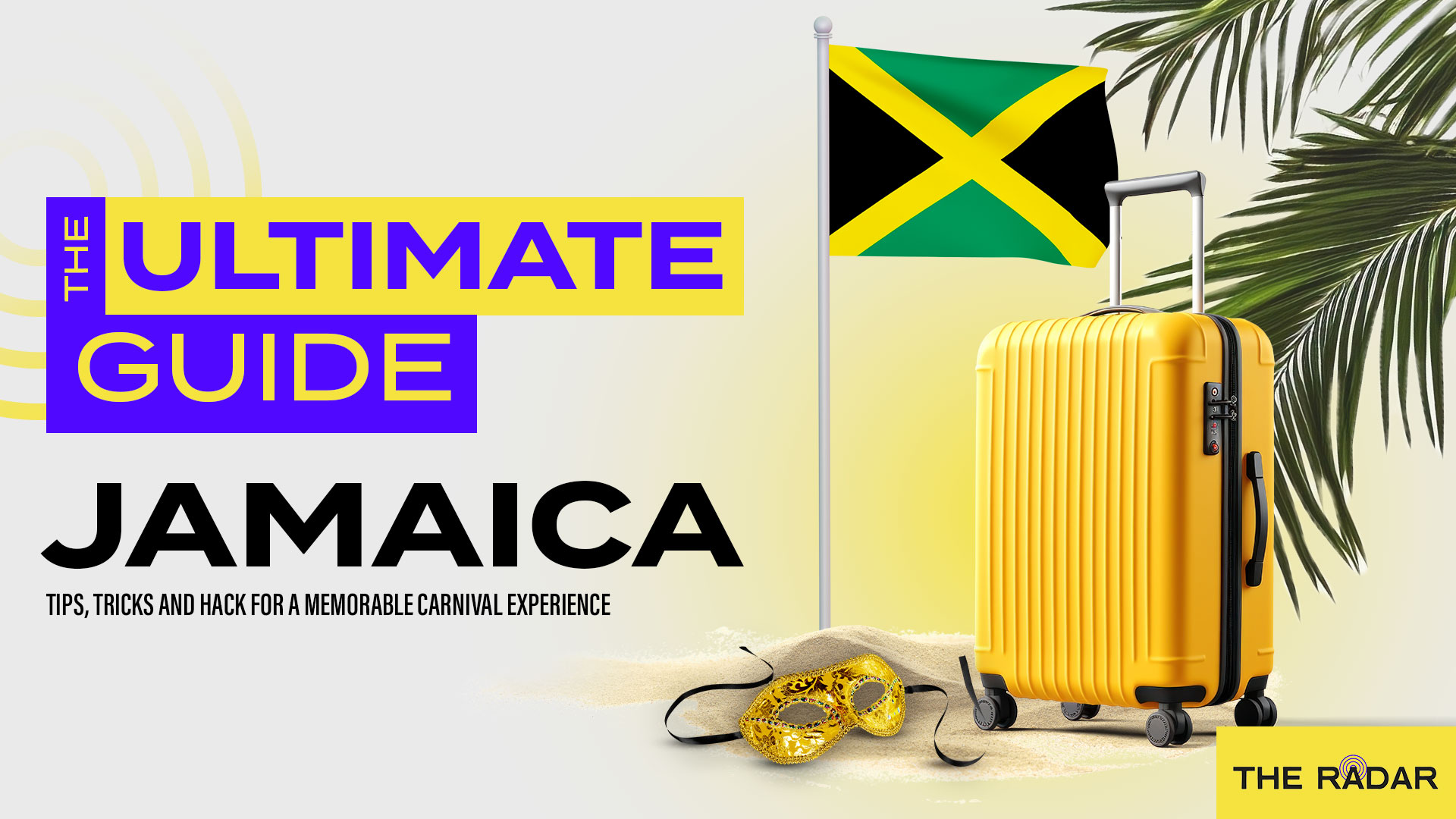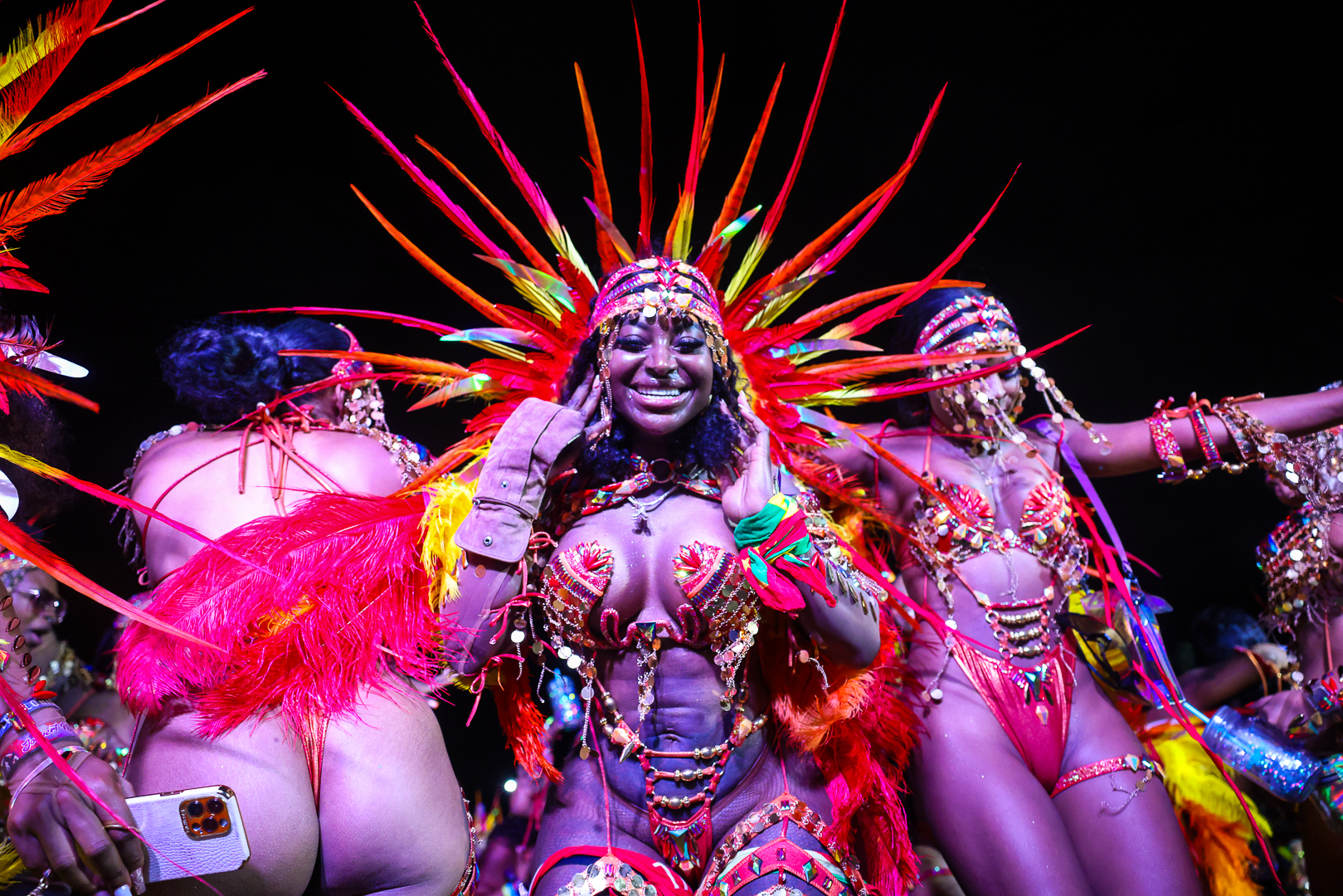Trinidad and Tobago is widely recognized as the birthplace of Carnival: a celebration rooted in freedom and emancipation that took shape in 1834 following the abolition of slavery. Trinidad’s Carnival, like its culture, has evolved to incorporate pieces of all those who call the island home. As such, the presence of Trinidad’s Indo-Caribbean community lives on in Carnival as we know it today through the way we celebrate, food and music.
Between 1834 to 1917, roughly half a millions East Indians were brought to the Caribbean as indentured laborers hailing from different regions of India such as Uttar Pradesh, Bihar and Tamil Nadu through the ports of Calcutta, India. Paid minimum salaries to replace then-enslaved Africans who had been granted freedom as a result of the Slavery Abolition Act, they were signed to five and 10-year contracts with the promise of return passages home or land to live after their contracts ended.
On May 30th 1845, the Fath Al Razak docked in the harbor of Port of Spain, Trinidad with 225 passengers. Over the next 70 years, more than 145,000 indentured Indians were also brought to Trinidad. 75% remained on the island after completing their contracts, having built communities and lives for themselves and their families, but more importantly, their culture came in tow and elements of it were incorporated into contemporary Caribbean traditions.
Discussed in the work of Burton Sankeralli, the Indian celebration Hosay, can be likened to Carnival. Hosay has origins in Shi’ite Islam, that takes place over the course of 10 days, with the last three days and following morning reserved for the largest events: Flag Night, Small Hosay, Big Hosay and finally, the procession. Hosay is held on the first month of the Islamic calendar, Muharram, and commemorates the martyrdom of the grandsons of the Prophet Mohammed. Hosay was a major Indian celebration in 19th century Trinidad; the procession ran throughout the center and south of the island. Indians of both Hindu and Muslim background participated, as it was a source of cultural pride and affirmation for the group that often experienced isolation from the mainstream. Hosay was recognized as an “Indian Carnival” as the 10-day festival is concluded with a parade. Colorful miniature temples called tadjahs are built and hauled through the streets accompanied by tassa drumming. Like Carnival, Hosay draws spectators and participants from all ethnicities and religions across Trinidad.
As Indo-Caribbean communities began to find their space in mainstream Trinidad, their food became a staple in local cuisine. During Carnival, food plays an important role providing nourishment to hungry masqueraders as they make their way down the road. Amongst the most popular street food is Indian pholourie—a split pea fritter seasoned with spices—and the much loved doubles: a snack consisting of two pieces of fried dough filled with curried chickpeas and a drizzle of pepper sauce and rich tamarind sauce. Doubles vendors can easily be found outside fetes and clubs and are also served in many food establishments.
Many of the dishes passed down by our Indian ancestors are vegetarian. This was influenced by religion but economically, vegetables, rice and flour were easy to grow and cheap to purchase on an indentured worker’s pay. Dhalpuri and buss up shut roti filled with the mixtures of roasted or curried vegetables are also commonly found street foods during Carnival and year round.
Additionally, Indo-Caribbean people have had a large influence in the music scene in Trinidad and throughout the Caribbean. As East Indians deepened their roots on the island, their culture took new form, including the sounds that defined their past and present. Folk songs and bhajans evolved into a new genre called chutney, that incorporated Trinidadian Hindustani and Creolese. The chutney scene took form in the 1970s following the musical debut of Indo-Trinidadian artist Sundar Popo in the late 1960s. Popo’s song “Nani and Nana” was considered one of the first in the chutney-soca genre and quickly became a hit amongst Trinidad’s Indo-Caribbean community. Throughout the 1980s, chutney flourished, gaining popularity in the party scene. Women like Drupatee Ramgoonai made a splash in the chutney scene that was dominated by men. The genre’s popularity went beyond the Indo-Caribbean community; in 1996, Sonny Mann’s chutney “Lota La” was a hit during Carnival season.
Of course soca is widely recognized as one of the most popular genres of music in Trinidad. The genre stemmed from calypso, which became popular in the mid-19th century, and its etymology derives from the (So)ul of (Ca)lypso. While calypso was rooted in themes of political and social commentary, soca encouraged listeners to dance and enjoy themselves. Over time it has blended with other genres including reggae, chutney and Latin. Garfield Blackman, known as Lord Shorty and the “King of Soca,” first made the experimental decision to fuse calypso with Indo-Caribbean genres. Indian instruments, the dholak, tabla and dhantal, were blended with traditional calypso to create this new sound. After the release of his 1974 album “Endless Vibrations,” Blackman prompted dozens of new artists to adopt the new style of music that paid homage to the rhythms of the island’s two largest ethnic groups: descendants of enslaved Africans and indentured laborers from India.
Contemporary Carnival is both an ode to Trinidad’s history as well as a celebration of regional contemporary identity. Indo-Caribbean people are involved in every part of Carnival, from leading bands and hosting fetes to designing costumes and creating hits for the road. As our Indo-Caribbean ancestors planted roots, they naturally looked to find a space within mainstream society. Carnival expanded to make space for their influences while bringing all ethnic groups together as one people




